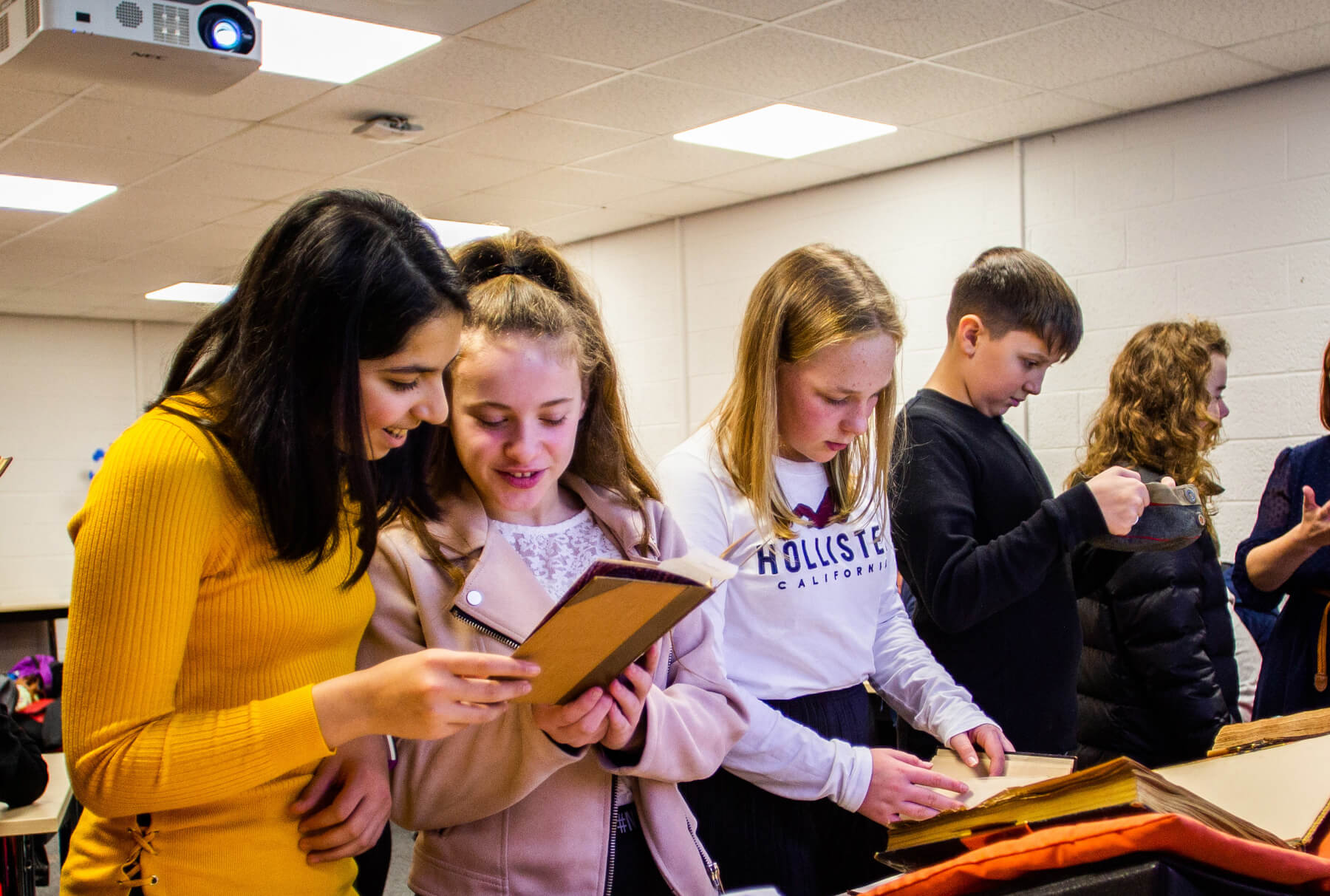Layers of Inference diagrams
Layers of Inference Diagram
When reading historical documents, we want our students to go beyond simple comprehension to ‘reading between the lines’ and making inferences. Using a graphic organiser such as a Layers of Inference diagram can help them to do this.
Reading old letters can be a really powerful way of getting students to understand what life was like for people in the past. It is a good idea to devise some questions specific to the particular extract you have chosen to guide the students’ thinking.
For example, you could take an extract from a old letter such as this one, written by a solider who was fighting in the trenches in France during the First World War and get your students to use a Layers of Inference Diagram to work out what it is saying.
- What does the source say?
This letter was written from France on 10th November 1917
The writer of the letter has received a parcel and letter from their mother
The apples and pears had gone off by the time they arrived
The writer has received letters from father and Hazel
- What can you infer (work out)?
- What else would I like to know?
The writer doesn’t usually get enough to eat/they are hungry (‘soon began to fill up the odd corners of which there were a few').
The food they get to eat is not very appetising (‘coloured water’)
It had taken some time for the parcel to arrive (as the fruit had gone off a bit)
Some people haven’t received the letters and parcels sent from home (all your parcels and letters have arrived ok and so far I have been lucky in that respect)
It was written during the First World War and the writer of the letter was probably fighting in the trenches in France
Who wrote this letter?
What is 'Gong Soup'?
Who is Hazel?
What does The Batt mean (where the address is)?

Top Tip
Whilst it is nice to see the original handwriting, it can often be helpful if you select and type out relevant extracts for the students to use alongside the original. Sometimes, it may be necessary to provide a glossary, explaining the meaning of key words which the students may be unfamiliar with, or simply to get students to identify these words and discuss their meaning first.
Did you know?
The letters written by Thomas Baker Brown were also used to create our 'A Local Tommy' resource pack. It was developed in collaboration with Cap-A-Pie Theatre Company and contains ideas for History, English, Drama and Music activities suitable for upper Key Stage 2 and lower Key Stage 3 students.
